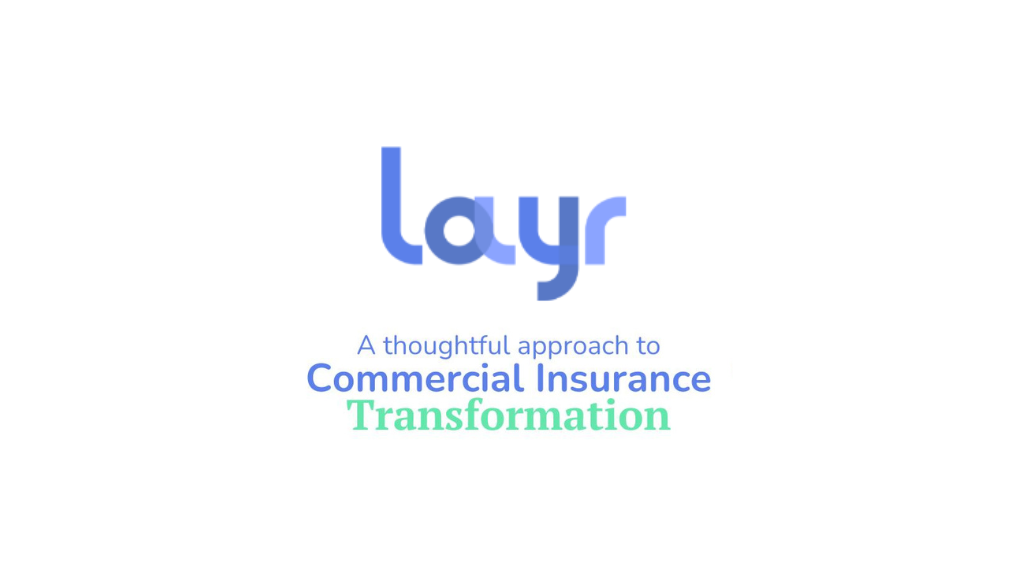BLOG POST
The Difference Between Cyber Liability and Technology Errors and Omissions Insurance
By The Layr Team | 01/18/2018
Our customers frequently ask us What’s the difference between Cyber Liability and Technology Errors and Omissions Insurance? This article answers that question and takes it a step further; we’ll explain the differences between the two policies and why it benefits your small business to combine them.
In the past, we’ve written several times about each of these policies separately, but understanding how Cyber Liability and Tech E&O work together will not only ensure that your company is getting the most from each type of insurance, but also that there aren’t any critical gaps in your business’s protection.
As we’ve discussed in our blog post Technology Errors and Omissions Insurance Explained, Tech E&O is to service-based businesses what Product Liability Insurance is to companies that sell tangible goods. In other words, a Tech E&O policy is an essential part of protecting your operations. If you run a technology-based or a technology-enabled business, a Tech E&O policy can protect your company if one of your tech-based services fails, just like a Product Liability policy protects a business that sells physical goods if one of its products fails.
For companies who develop or license software, including SaaS startups, insurance carriers consider your software a service and not a product. As a result, Tech E&O, not Product Liability Insurance, will protect the software service you provide. Critically, there is one key risk nearly every technology company faces that an Errors and Omissions policy will not respond to: the loss of private third-party information.
What About Data Breaches?
In today’s digital age, virtually all companies store and access personal information and data about third parties. From customer email lists to payment information, data has become an integral part of running a company–especially for those whose business is built around technology.
Tech companies run the greatest risk of having third-party information exposed, lost, or stolen, yet these risks are not protected by a stand-alone Technology Errors and Omissions Insurance policy. Here’s where Cyber Liability Insurance comes into play.
The primary difference between Cyber Liability Insurance and Tech E&O Insurance is that Cyber Liability policies are specifically designed to cover the costs associated with loss or theft of third-party data. In short, Tech E&O responds to the failure of a service or software, while a Cyber Liability Insurance policy responds to cover the loss of a third-party’s private information.
Bundle, Bundle, Bundle!
So, what happens if your company’s technology or software service fails and third-party data is exposed as a result? With a Tech E&O policy only, a service failure will be covered, but any data breach will be specifically excluded from your policy’s coverage. On the other hand, a stand-alone Cyber Liability policy would ordinarily cover the data breach, but because it was caused by a service failure, in this case your policy would not respond. So, what’s the solution?
Bundling both policies together.
By packaging a Tech E&O policy with Cyber Liability coverage, the two policies share coverage triggers and can respond to any situation that involves both a services failure and a data breach. The result is complete coverage of your company’s risk profile and fewer events that incur out-of-pocket costs.
At Layr, we are experts at navigating the complex insurance landscape and have a deep understanding of the insurance nuances faced by today’s technology companies and startups. This article is but one example of how important it is that insurance policies be placed properly and why working with an experienced and knowledgeable insurance broker can make all the difference in the world.





